Tired of being cooped up indoors for months on
end? We Love Budapest is here to help. In celebration of our tenth anniversary,
we are putting together a series of ten free walking tours from late March to
December – one per month!
From secret urban passageways to the luxurious world
of Art Nouveau, we are covering all sorts of amazing hidden treasures in
Budapest. Stretch your legs and stretch your mind as we discover famous
buildings, historical anecdotes and unknown beauties hiding in plain sight.
Variations on a theme
Each country has its own classifications for the similar yet distinct styles of Art Nouveau. Here in Hungary, it's called Szecesszió. Sharing motifs of plant and nature ornaments, geometric shapes and fantastical line-shapes, it has subtle differences. You'll notice the details as you continue on the walk.
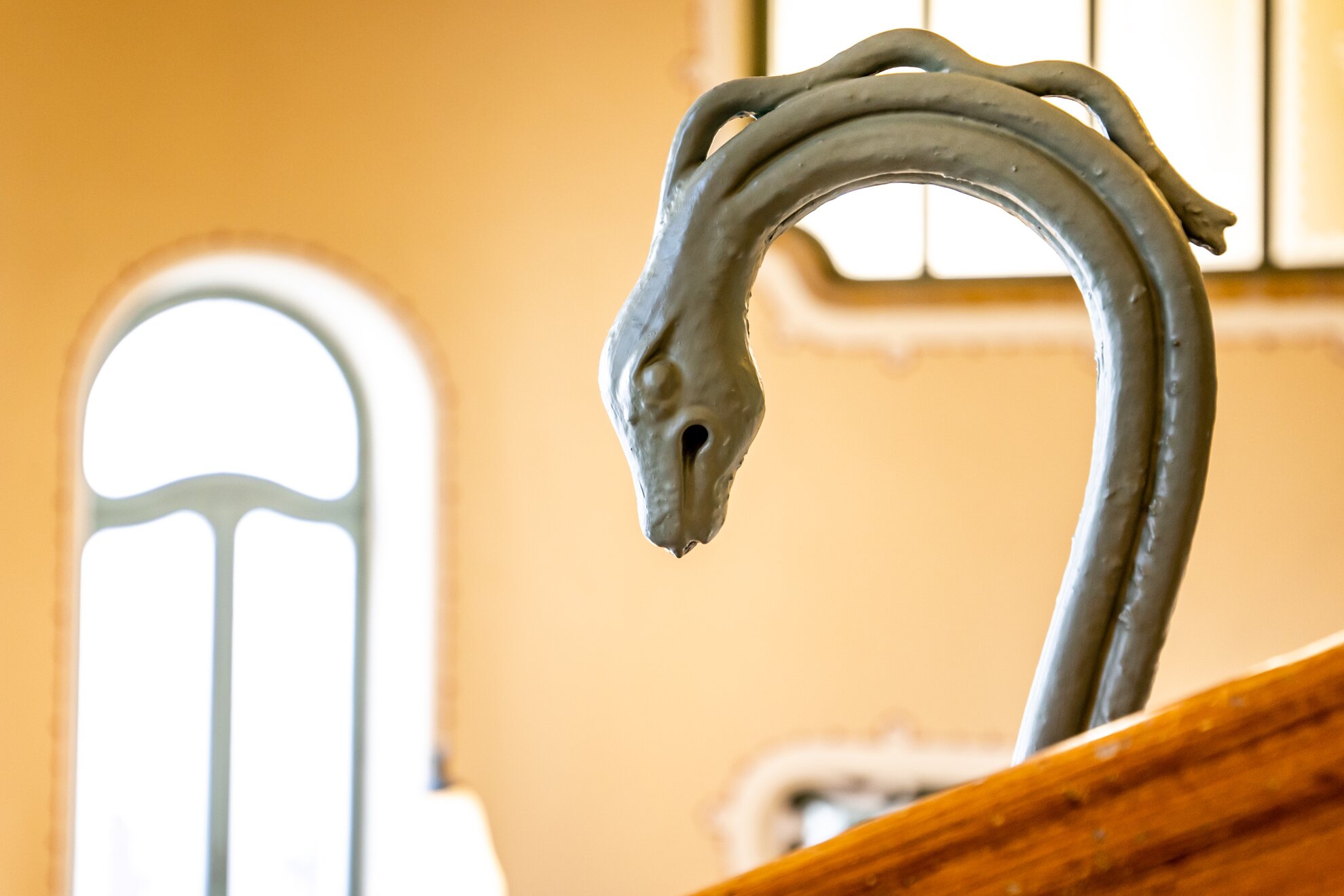
When Art Nouveau first began to appear in
Budapest, most contemporary architects didn’t really know what to do with it.
Many thought the style was grandiose, over-indulgent and unnecessarily
attention-grabbing. Now, of course, the buildings by Ödön Lechner and his associates
are considered to be some of the most iconic landmarks in town, but opinions have
remained mixed over the decades.
Because of this, there are many once-majestic
examples of Art Nouveau buildings slowly crumbling into disrepair throughout
the city, as restoration and upkeep have waned. Love it or hate it, let’s see
what we can find!
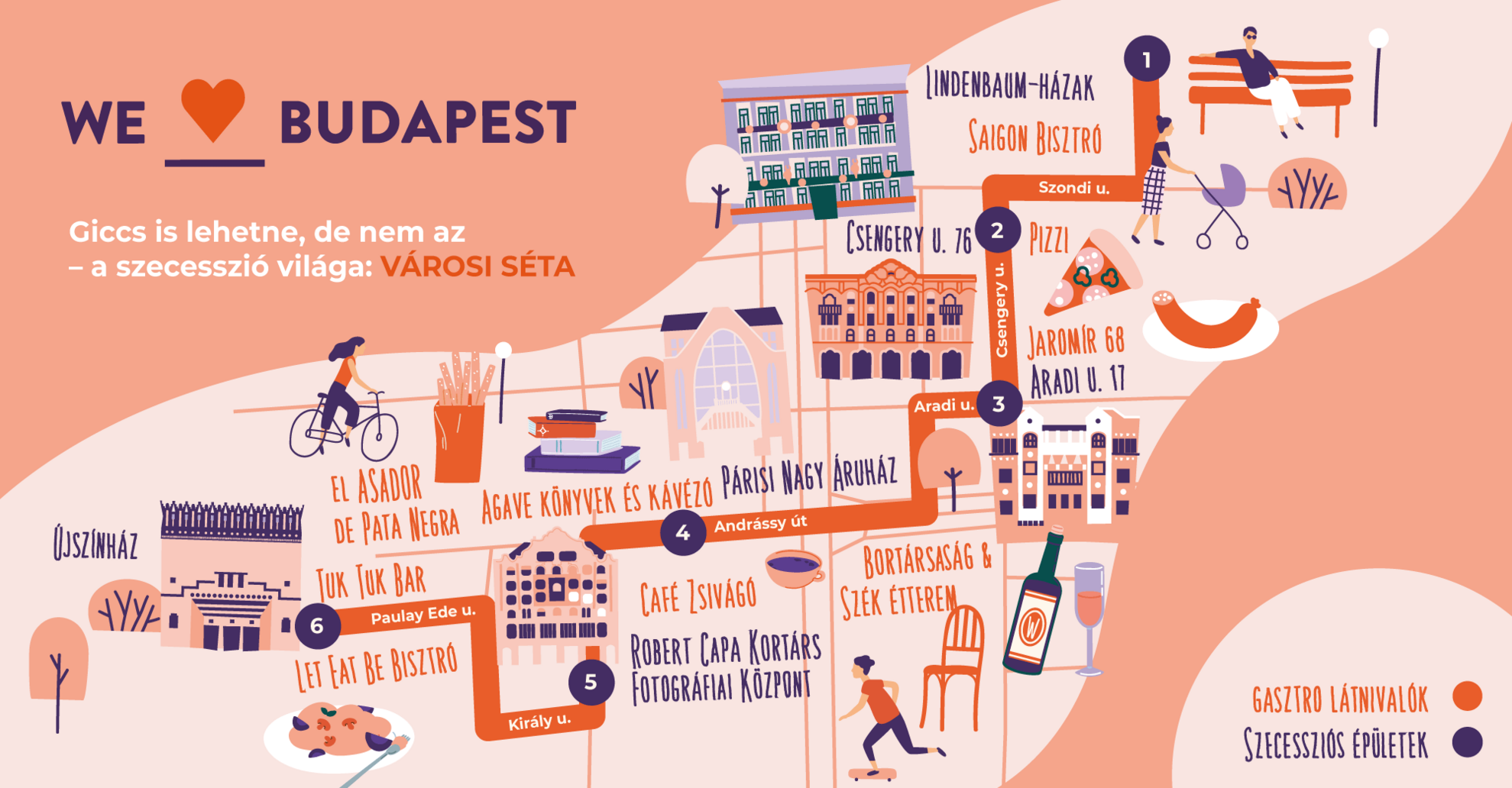
How to read the map:
The walking map, though in Hungarian, is easy to follow by interested persons of any nationality. Red place names indicate restaurants, bistros and cafés – to keep you fed and watered during your trek – and purple place names indicate the Art Nouveau structures.
Start:
The first Art Nouveau buildings in Budapest
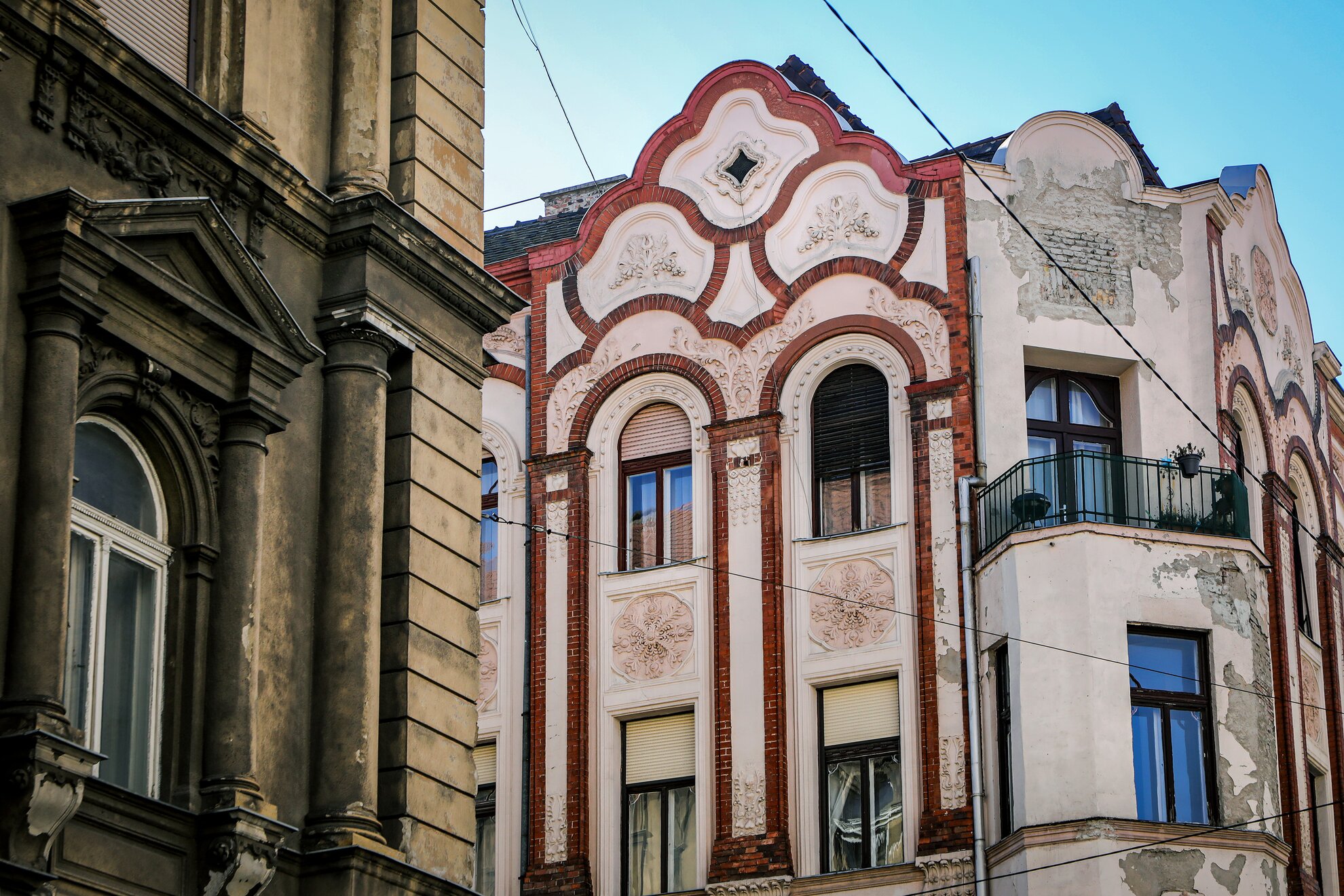
The first Art Nouveau buildings in Budapest were the Lindenbaum houses on Izabella utca, designed by Frigyes Spiegel and Philip Weinréb. The name comes from the oil magnates Sándor and Győző Lindenbaum, who commissioned them. Originally both houses featured rich ornamentation, but following damage in World War II, only No.94 was renovated to its former glory.
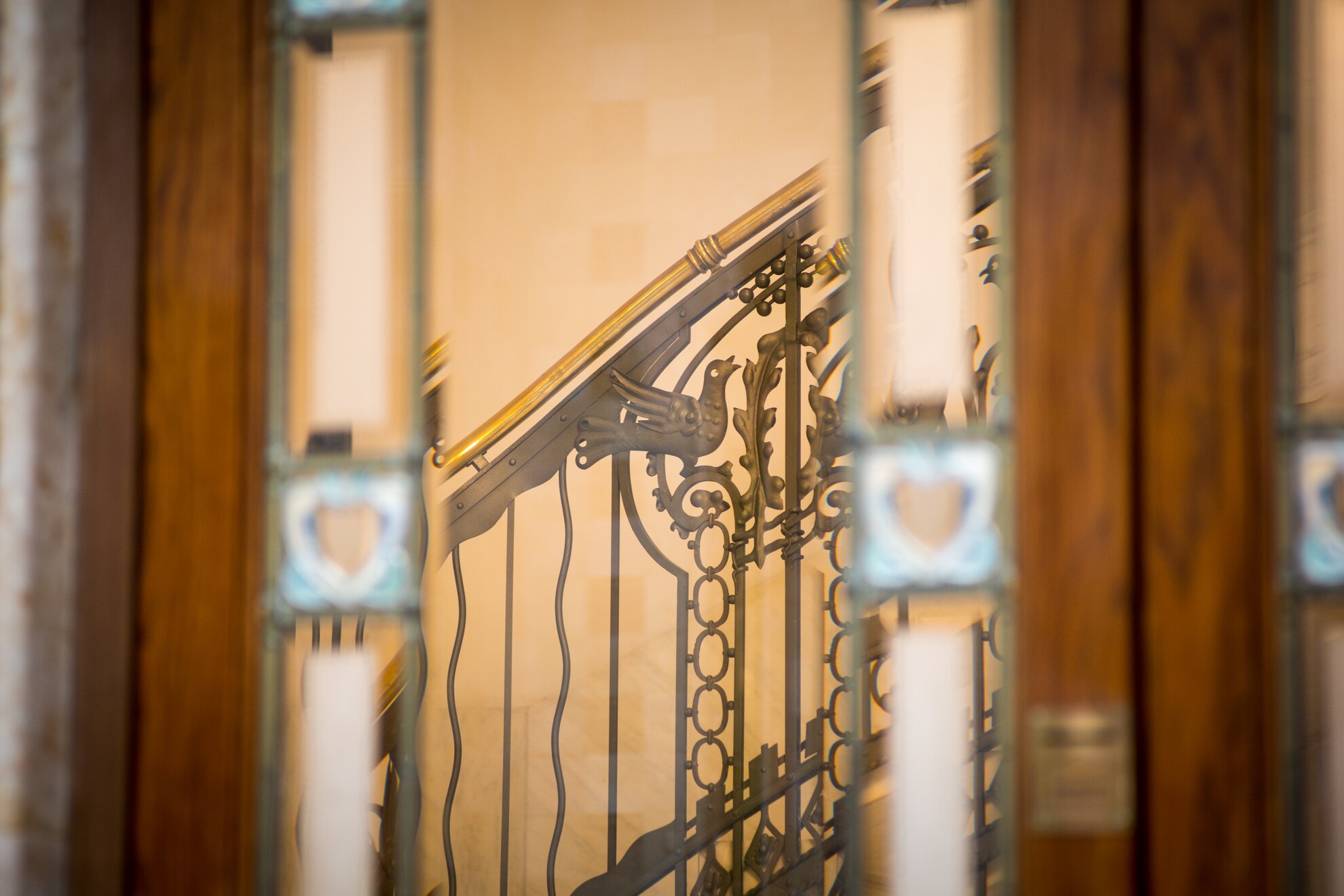
Once you have finished photographing the
Lindenbaum houses, it’s time to head to Csengery utca 76. Here, you will find a great example
of Hungarian Art Nouveau, designed by two students of Lechner’s, Marcell Komor
and Dezső Jakab. The façade is replete with ribbons, tendrils, tulips and
hearts, which reappear on the interior of the building, as well.
Anyone who
likes getting lost in detail should take the time to admire the doorway, as the
wrought-ironwork is a feast for the eyes. Nearby, check out the columns at the slightly ruined building at Csengery utca 61, reminiscent of the Aztecs.
After taking the time to snap a few
photos, you might fancy a break at Pizzi on the corner of Szondi and Csengery utca, serving thin pizzas with delicious toppings.
At the intersection of Csengery and Aradi utca, turn right, and soon you will notice the thrilling façade with plenty of pairs of eyes looking down at you! This building was completed in 1910, with pre-modern features, based on the plans of Albert Kálmán Kőrössy. After Lechner, Kőrössy is considered the second most significant figure in local Art Nouveau.
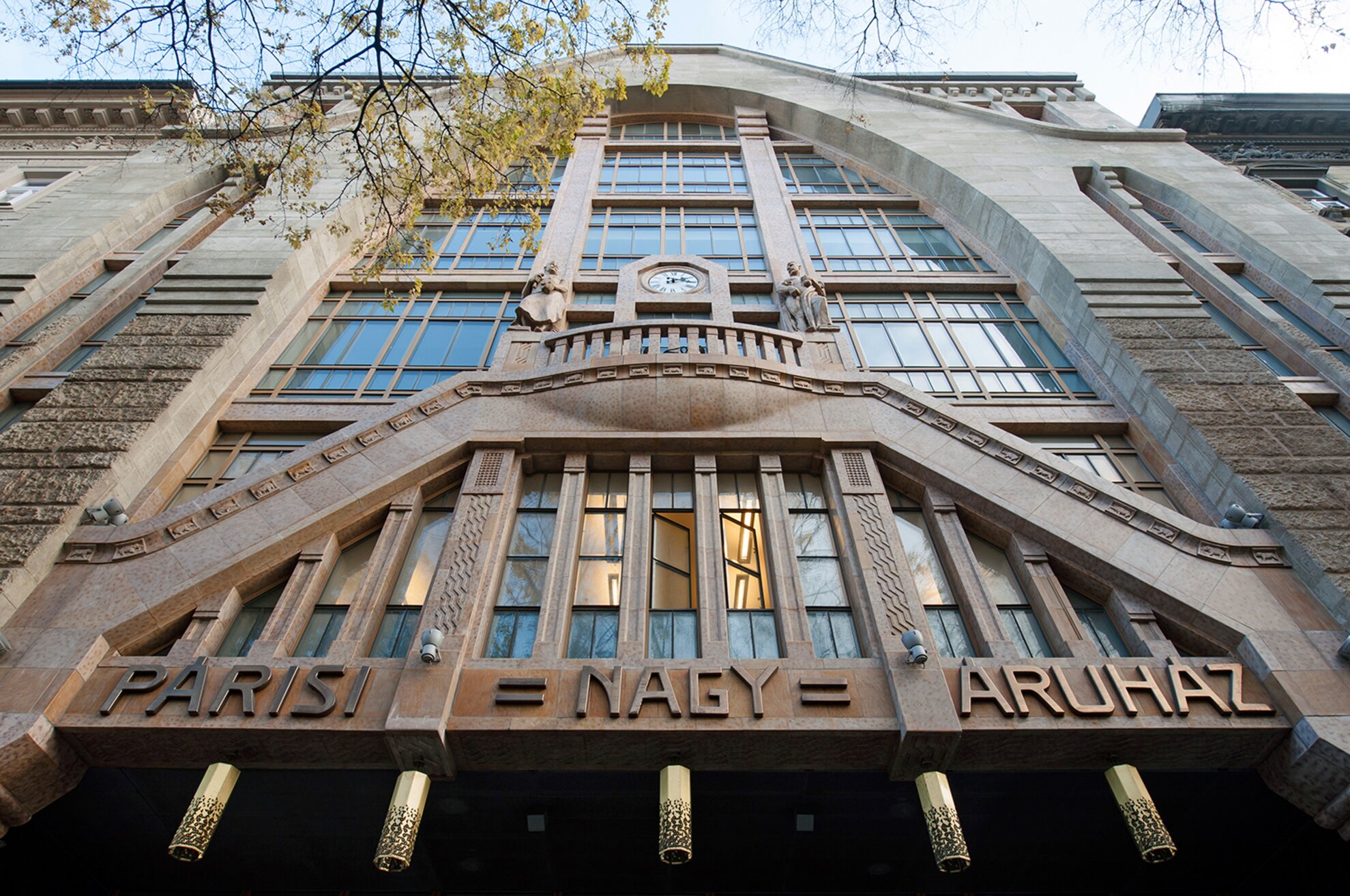
From Paris to Broadway
So far, our walk has taken us down quiet side streets, but now we approach one of Budapest’s most beautiful boulevards: Andrássy út. Its mansions, villas and apartment houses were built during Budapest's Golden Age, around the end of the 1800s. Each has a remarkable story to tell, but for now let's focus on the Paris Department Store at Andrássy út 39.
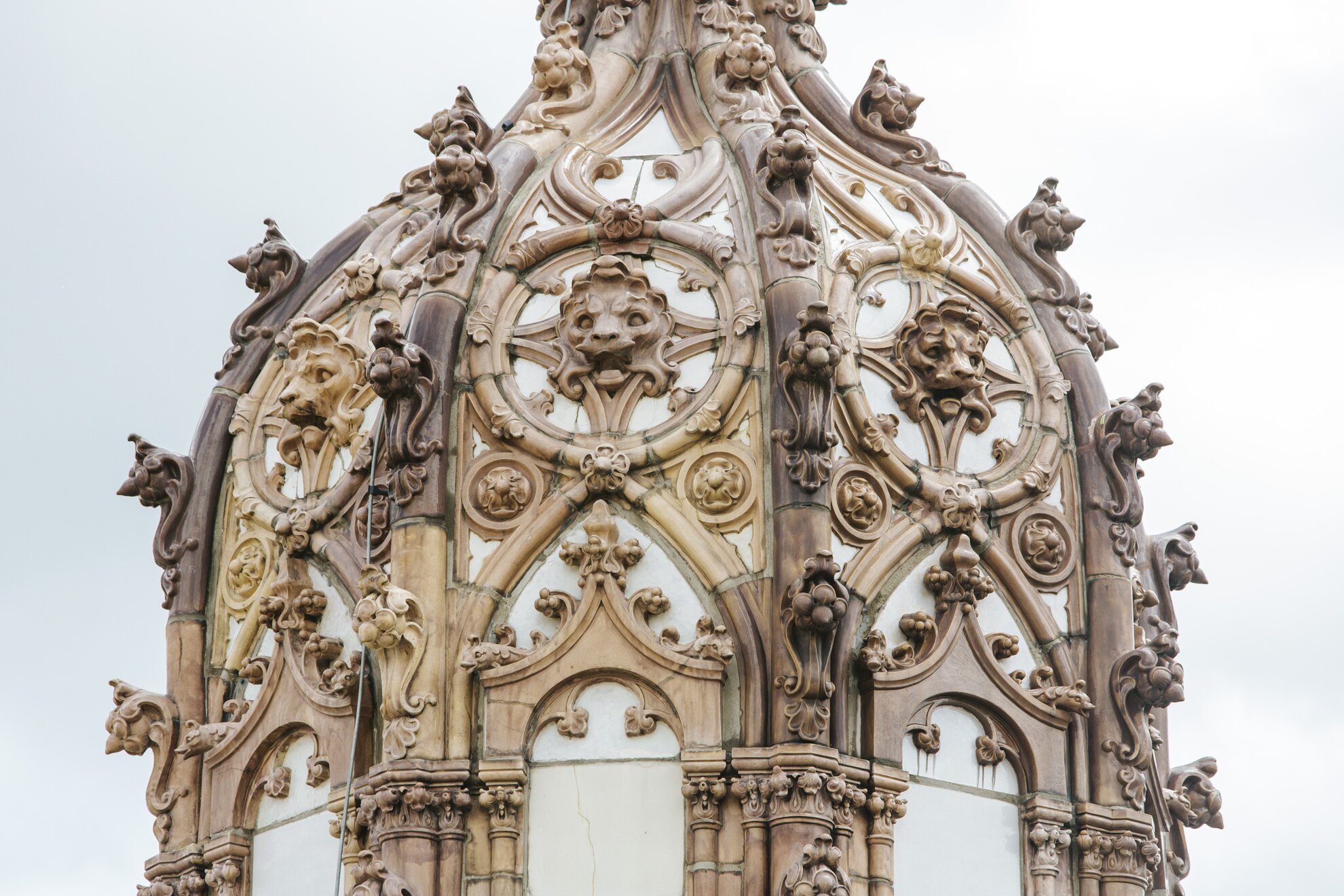
Probably the most beautiful department store in Budapest, this structure has been closed for some time, although it assumed different guises in modern times, including a memorably palatial book store.
Its façade on Andrássy út, created in the early 20th century, is a shining example of late Art Nouveau, although the rest of the building was constructed in 1882 in Neo-Renaissance style. The decision to install a department store here was sadly influenced by tragedy, a fire at its previous location causing residents to leap out of windows into blankets dutifully held by firefighters. Twelve people died.
The store's new home took over what was then a casino, with a state-of-the-art fire protection system in place. Much more visual was the stained-glass work of acclaimed master Miksa Róth and the gorgeous murals of renowned painter, Károly Lotz. This upstairs space is now referred to as the Lotz Hall, where an elegant café operated until relatively recently.
On the roof is the fabulous 360 Bar, where guests sip cocktails with an unparalleled view of the city.
Nearby Nagymező utca, the so-called Budapest Broadway dotted with theatres, is where you find more Art Nouveau to admire.
Turn down the street to No.8, and you come to the Robert Capa Contemporary Photography Center. Designed by Gyula Fodor, this 1912 construction housed the art collection of patron Lajos Ernst, while the largest cinema in Pest at that time, Tivoli, was located
on the ground floor.
Today, the building taken up by the Capa Center, with stained-glass
windows designed by famed painter József Rippl-Rónai. Manó Róth – brother of the
famous Miksa – also collaborated, and the foyer was the creation of none other than Ödön Lechner.
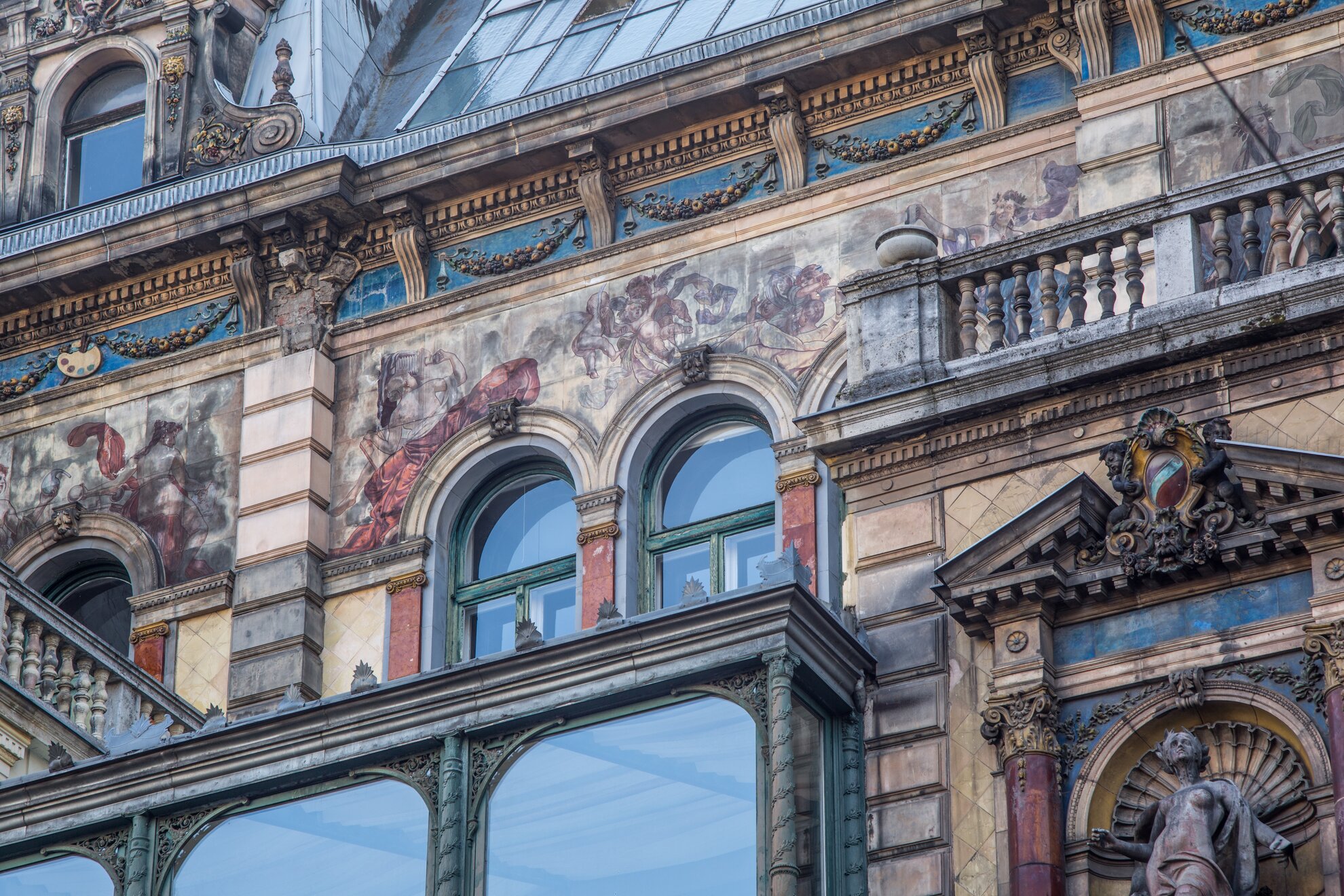
Musical detour
At this point, it’s worth taking a little detour
to walk towards to Franz Liszt Music Academy, whose Art Nouveau hides in the details on
an otherwise Neo-Baroque building. Only domestic materials were used here, involving much granite and eosin-glazed spheres, in which –
according to legend – live the spirit of music.
Eosin was the speciality of the
Zsolnay ceramics factory in Pécs, a unique technique which allowed the tiles to shine and remain impervious to the caprices of the harsh Hungarian winter. The academy, designed by Flóris Korb and Kálmán
Giergl, was the first Hungarian public building to use reinforced concrete, and
even had a central vacuum system.
Towards Art Deco
Back on Andrássy, heading towards the city centre, you pass Ödön Lechner’s Ballet Institute, currently being converted into a hotel, behind which two Art Nouveau buildings stand at Paulay Ede utca 37 and 35. Alongside each other, they perfectly illustrate just how diverse this concept can be, one created in the spirit of French Art Nouveau.
But only steps away, at the corner of Paulay Ede and Dalszínház utca, a more striking building signals the end of Art Nouveau and move towards Art Deco. The former Parisiana nightclub was designed by Béla Lajta, who worked for several years with Ödön Lechner. Today the New Theatre, this building is so late Art Nouveau that it is actually a
forerunner of Art Deco, making it a suitable bookend for our tour.
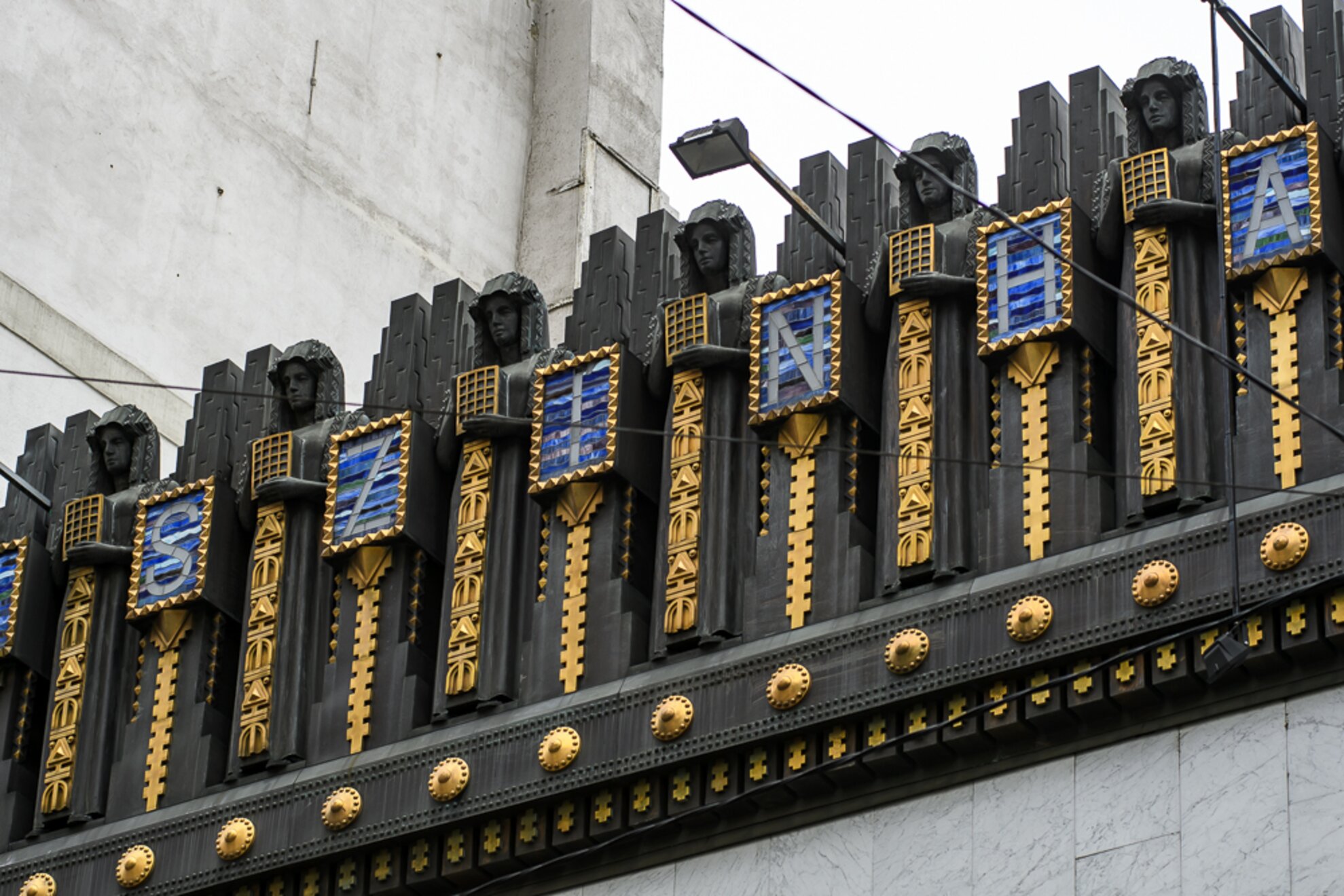
But there is one more appropriate pitstop: the Csipesz Bár on nearby Király utca, whose Art Nouveau doorway and façade echo the tour theme. Rest your weary feet over a drink and a snack, and take a leisurely look back at your photos.
As Budapest opens more and more , we will continue to post our WLB anniversary walks, and offer readers the chance to learn more about the beautiful city we love.



